In 1990, I dragged my then-girlfriend to the Texas Union Ballroom to hear Dr. John Edgar Wideman give a speech about Emmett Till. That would have been four years after a driving tour I took through the state of Mississippi; Greenville, Clarksdale, Tunica, Oxford, Tupelo, Jackson, Philadelphia and Natchez were the main 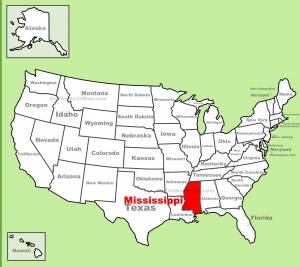 places I visited. Another site I tried and failed to find was a dusty village with the incongruous name of Money. The purpose of my excursion was to gain a better understanding of civil rights, justice and American history.
places I visited. Another site I tried and failed to find was a dusty village with the incongruous name of Money. The purpose of my excursion was to gain a better understanding of civil rights, justice and American history.
Something awful had occurred in Money late in the summer of 1955—the murder of Till, a 14-year-old black kid from Chicago who had come South to visit relatives. At that time, Money, set in a vast cotton patch, consisted of a post office, a school, a Baptist church, two stores, a filling station and a gin. Most of the 300 residents were black sharecroppers, but wealth and political power were concentrated in white hands. Jim Crow’s stranglehold had begun to loosen slightly in other parts of the South, but not in the Mississippi Delta. The incident to which I referred and which I will now describe helped hasten the process even there.
One of the two stores in town was Bryant’s Grocery & Meat Market. It was operated by Roy Bryant and his wife, Carolyn; press reports at the time always made sure to mention that she was pretty. They and their two young sons lived on the second floor. On Wednesday evening, August 24, 1955, she was tending the store alone while her kids, and her sister-in-law, Juanita, and her two were upstairs. Bryant was away, hauling shrimp in Texas. Juanita’s husband was J.W. Milam, Bryant’s half-brother.
Till was among eight black teenagers who pulled up in a 1946 Ford. Some were his cousins, sharing Moses “Preacher” Wright as their father and uncle. Till, 5′ 4″ and 150 pounds, was a stocky young man. He enjoyed talking about life up north and claimed to have a white girlfriend, although the others 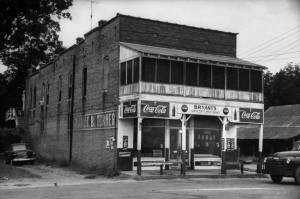 doubted it. One of them tested him, saying words to the effect of “go on in the store and flirt with Mrs. Bryant.” Up to the dare, he went in.
doubted it. One of them tested him, saying words to the effect of “go on in the store and flirt with Mrs. Bryant.” Up to the dare, he went in.
Before putting him on a southbound Illinois Central train, Till’s mother, Mamie, had reminded him that racial mores in rural Mississippi were quite different from what he knew on the south side of Chicago. Mrs. Till, a native of Mississippi, was prudent in urging him to be careful. Nevertheless, she realized her boy was not going to turn into an Uncle Tom as soon as he crossed the Mason-Dixon Line.
At any rate, Till bought two cents worth of bubble gum at the store. It is important to keep in mind that Mrs. Bryant tended to embellish; half a century later, she would retract most of her accusations. When putting two miserable pennies into the lady’s hand, Till may have held it firmly. He may have pulled her toward him, may have put his arm around her, may have asked her for a date, may have called her “baby,” may have said she had nothing to fear from him and may have used “an 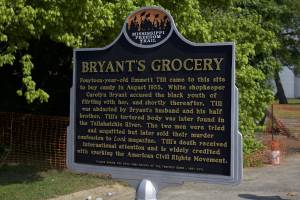 unprintable word.” Till does seem to have said goodbye with a lewd wolf whistle, however. In the race-conscious Deep South of the mid-1950s, all of these things and more were strictly against the rules. Frightened, Mrs. Bryant ran out of the store and grabbed a pistol from the Milam car. The black kids, who perceived that a bit of adolescent male preening had gone terribly wrong, grabbed Till, hustled him into the Ford and roared off.
unprintable word.” Till does seem to have said goodbye with a lewd wolf whistle, however. In the race-conscious Deep South of the mid-1950s, all of these things and more were strictly against the rules. Frightened, Mrs. Bryant ran out of the store and grabbed a pistol from the Milam car. The black kids, who perceived that a bit of adolescent male preening had gone terribly wrong, grabbed Till, hustled him into the Ford and roared off.
They surely hoped nothing more would come of it, but Bryant got back to Money on Friday morning and learned what “the Chicago boy visiting Preacher” had allegedly said and done to his wife at the store. Just after midnight Saturday, Bryant and Milam filled the latter’s 1955 Chevrolet truck with gas and drove to the Wright home. Both of these guys were military veterans. Milam—bigger and older than Bryant at 32—especially fancied himself tough since he had seen a lot of blood in World War II. He carried a .45 Colt automatic wherever he went. Wright already knew of Till’s encounter with Bryant’s wife and had in fact chastised him about it. There was some family discussion of spiriting the boy onto the first bus to Memphis and then to Chicago. But Wright nixed the idea, thinking that was unnecessary. It was a huge miscalculation.
They banged on the door of Wright’s unpainted cotton-field cabin and stated their business. He and his wife, Elizabeth, begged the two vigilantes for mercy, to no avail. They told Till to get dressed and put him in the back of the pickup. Originally planning to take him to the store and have Mrs. Bryant identify him, they chose not to since Till had more or less admitted the charges. Bryant and 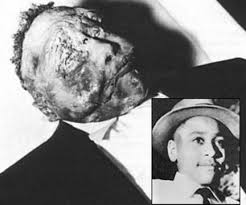 Milam drove around looking for the right spot to inflict some brutality—as Southern white men had been doing since Reconstruction was overthrown and “Redemption” instituted in the 1870s and 1880s.
Milam drove around looking for the right spot to inflict some brutality—as Southern white men had been doing since Reconstruction was overthrown and “Redemption” instituted in the 1870s and 1880s.
We all know the horrible results. Till’s mangled body, with a bullet in his head, tied to an old cotton-gin fan, had been tossed in the Tallahatchie River. It floated downstream and was found by some fishermen three days later.
Bryant and Milam, if they can be believed, did not plan to murder Till. They would have been satisfied with beating, scaring and intimidating him, proving that Jim Crow justice still ruled in the Mississippi Delta. But he stubbornly refused to cooperate. Till called them “bastards,” said he was not afraid of them, insisted he was their equal in every way and would not abjure his claim of having engaged in some form of interracial sex up north. He fought like a lion, such 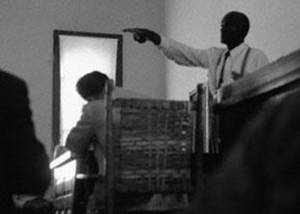 that the two adults could barely control him. One on one, he might have whipped either Bryant or Milam, who was 6′ 2″ and weighed 230 pounds. But there were two of them, and Milam had his Colt .45.
that the two adults could barely control him. One on one, he might have whipped either Bryant or Milam, who was 6′ 2″ and weighed 230 pounds. But there were two of them, and Milam had his Colt .45.
Tallahatchie County Sheriff Clarence Strider had suggested a quick burial, but Mrs. Till would have none of that. Till’s body was sent to Chicago where thousands saw him lying in a casket, his face almost unrecognizable. Despite a shoddy investigation, a grand jury decided there was enough evidence for a trial, which took place the next month in Sumner, the seat of nearby LeFlore County. Judge Curtis Swango, the attorneys on both sides and the jurors were all European-American, so acquittal was ensured. But something significant happened when Moses Wright took the stand. Asked who had pulled his nephew out of bed that night, he stood up and pointed at Milam. “There he is,” he said. Directing his attention to the other killer, he stated, “And there’s Mr. Bryant.” It was an act of enormous courage in a region where night-riders and the Ku Klux abounded.
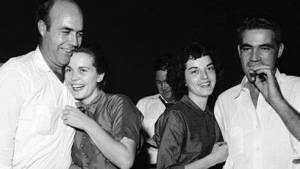 At the end of the trial—deliberations took just 67 minutes—both men lit up cigars, smiled along with their wives and walked out of the courthouse, adorned by a Confederate statue. Sheriff Strider, who had testified for the defense, was pleased. One reason we know so much about this drama is that Bryant and Milam agreed to tell their story to William Bradford Huie of Look magazine for $3,150. That article did, however, contain numerous inaccuracies; it is possible that several other people, Mrs. Bryant among them, were involved. Even more shocking, two black men may have been coerced into participating.
At the end of the trial—deliberations took just 67 minutes—both men lit up cigars, smiled along with their wives and walked out of the courthouse, adorned by a Confederate statue. Sheriff Strider, who had testified for the defense, was pleased. One reason we know so much about this drama is that Bryant and Milam agreed to tell their story to William Bradford Huie of Look magazine for $3,150. That article did, however, contain numerous inaccuracies; it is possible that several other people, Mrs. Bryant among them, were involved. Even more shocking, two black men may have been coerced into participating.
Bryant’s Grocery & Meat Market soon went out of business as local blacks, the main clientele, quite naturally boycotted it. Somebody named Wolfe tried and failed, then somebody named Young tried and failed. After that, the building began a slow fade. The porch collapsed, the windows were 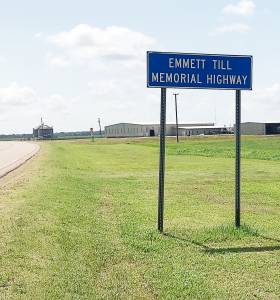 broken, the roof caved in, some of the walls fell over, and kudzu vines grew everywhere. Out in front is Mississippi’s first civil rights memorial, erected belatedly in 2008. Furthermore, a 30-mile section of a nearby highway is now the Emmett Till Memorial Highway (intersecting ironically with the Clarence Strider Memorial Highway); Till is listed among 41 “martyrs” killed between 1954 and 1968 in Montgomery, Alabama’s Civil Rights Memorial; the elementary school he attended in Chicago is now the Emmett Louis Till Math and Science Academy; there is a historical plaque at the spot on the Tallahatchie River where his body was thrown in; the Tallahatchie County Board of Supervisors has made a formal
broken, the roof caved in, some of the walls fell over, and kudzu vines grew everywhere. Out in front is Mississippi’s first civil rights memorial, erected belatedly in 2008. Furthermore, a 30-mile section of a nearby highway is now the Emmett Till Memorial Highway (intersecting ironically with the Clarence Strider Memorial Highway); Till is listed among 41 “martyrs” killed between 1954 and 1968 in Montgomery, Alabama’s Civil Rights Memorial; the elementary school he attended in Chicago is now the Emmett Louis Till Math and Science Academy; there is a historical plaque at the spot on the Tallahatchie River where his body was thrown in; the Tallahatchie County Board of Supervisors has made a formal apology; and movies have been made and poems written in Till’s honor.
apology; and movies have been made and poems written in Till’s honor.
Mamie Till-Mobley died in 2003 after a lifetime of teaching and civil rights work. Moses Wright, who had boldly but futilely identified the murderers in the Leflore County courtroom, moved to Chicago soon after the trial. He died in 1977. J.W. Milam and Roy Bryant, two men running from their pasts, died in 1980 and 1994, respectively. John Whitten, Jr., one of the attorneys for Milam and Bryant, had urged the jurors to adhere to Anglo-Saxon solidarity and vote to acquit. He soon came to rue having done so. As atonement, Whitten took pro bono cases for local black clients until his retirement. He died in 2003. A majority-black grand jury deliberated but did not indict Carolyn Bryant-Donham for obstruction of justice and perjury in 2007. She lives in poor health, at age 86, in anonymity in Greenville.

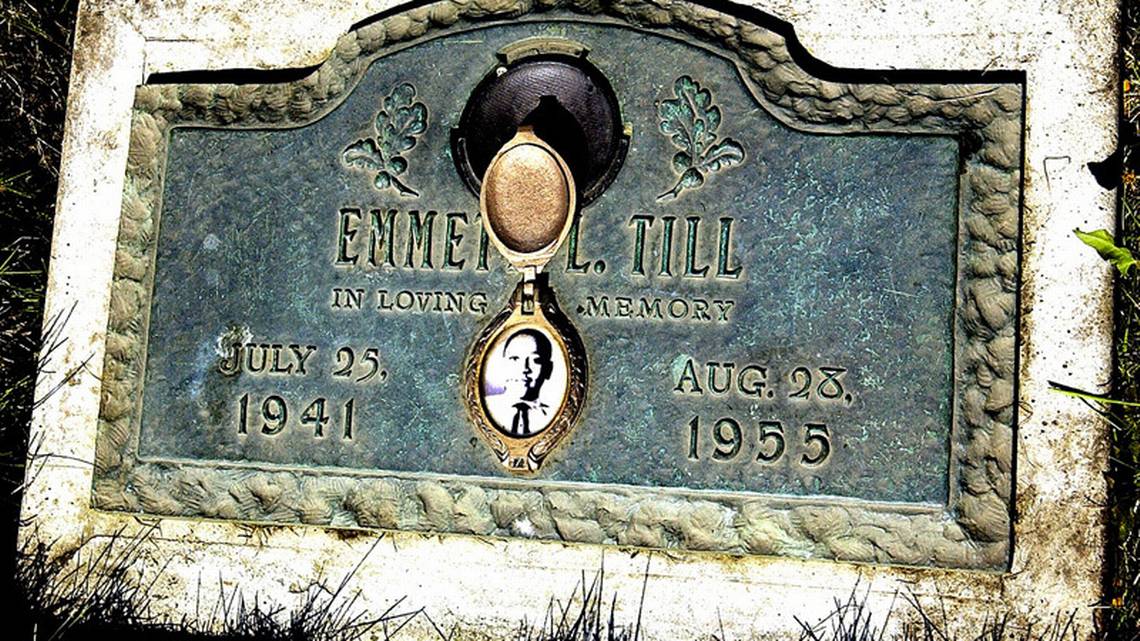
8 Comments
The picture of Emmett Till in his coffin is gruesome and barbaric. In general, bigotry, racism, hatred and ultimately murder (because of those biases), and its perpetuation through generation after generation is appalling, terrible and unacceptable. These same unacceptable biases result in nations warring against nations. It resulted in the Holocaust. It resulted in the Japanese instituting the “Comfort Women” sexual slavery of Korean women. It is pervasive and it is a world wide epidemic. Looking down on others is wrong. We are all created equal by God. The Bible says all men fall short of the perfection of God. This altruistic notion couldn’t be seen any clearer than in the story of Emmett Till.
Thanks for your amazing way of bringing light on these social and very personal injustices.
Gary, thanks for reading and commenting. The Till story is one that continues to reverberate. He (probably) could have survived that night if he had just taken a humble, weak and apologetic stance. But he fought them like a man! Such forceful resistance played a big role in making change in the South. Oh, and how about Sheriff Strider testifying for the defense! I thought law enforcement was always and automatically on the side of the prosecution, but what do I know?
I didn’t hear of this happening in 1955 I was just born but later I heard about many cases of racism and how blacks were unfairly persecuted.
It is not right that God has made us equal we should love and respect each other as equal people in everything, but unfortunately it is not so today, racism is not defeated.
I am sorry for this situation and I regret all the suffering created by this family.
Respect for yourself and everything you write to make people aware of the long-forgotten happenings of some.
Elly
Elly, that’s true….1955 is the year of your birth in Romania! It is hard for others to understand the tortured racial history of the USA. I am American, and I have read extensively, and even I cannot claim to truly understand it.
This is such a sad event. He was just a kid. The amazing thing is that this kind of murder happens thousands of times a year in Chicago, Detroit, and other ghettos, but nobody seems to care because the victims and murderers are over 90% black. I guess black lives don’t matter as much to this day.
I am aware of the daily murders up in Chicago, Detroit and elsewhere, mostly black on black. And for that matter, the number of European-Americans who kill blacks is a tiny fraction of the opposite.
Thanks, Richard, for researching one of the most tragic incidents in the segregated South. Although respect for the rule of law today provides African-Americans more protection than at that time, their struggle to achieve parity with whites is still threatened by incidents of police brutality in our country and voter suppression in the South.
Bob, I believe in reconciliation between blacks and European-Americans. As mentioned in my above response to Kenny, it is a sad fact that today interracial violent crime is almost all one way. That is, blacks are the perpetrators and Eureopean-Americans are the victims.
Add Comment